What's actually in your cheese?
Violating Velveeta strips a synthetic cheese back to its chemical components
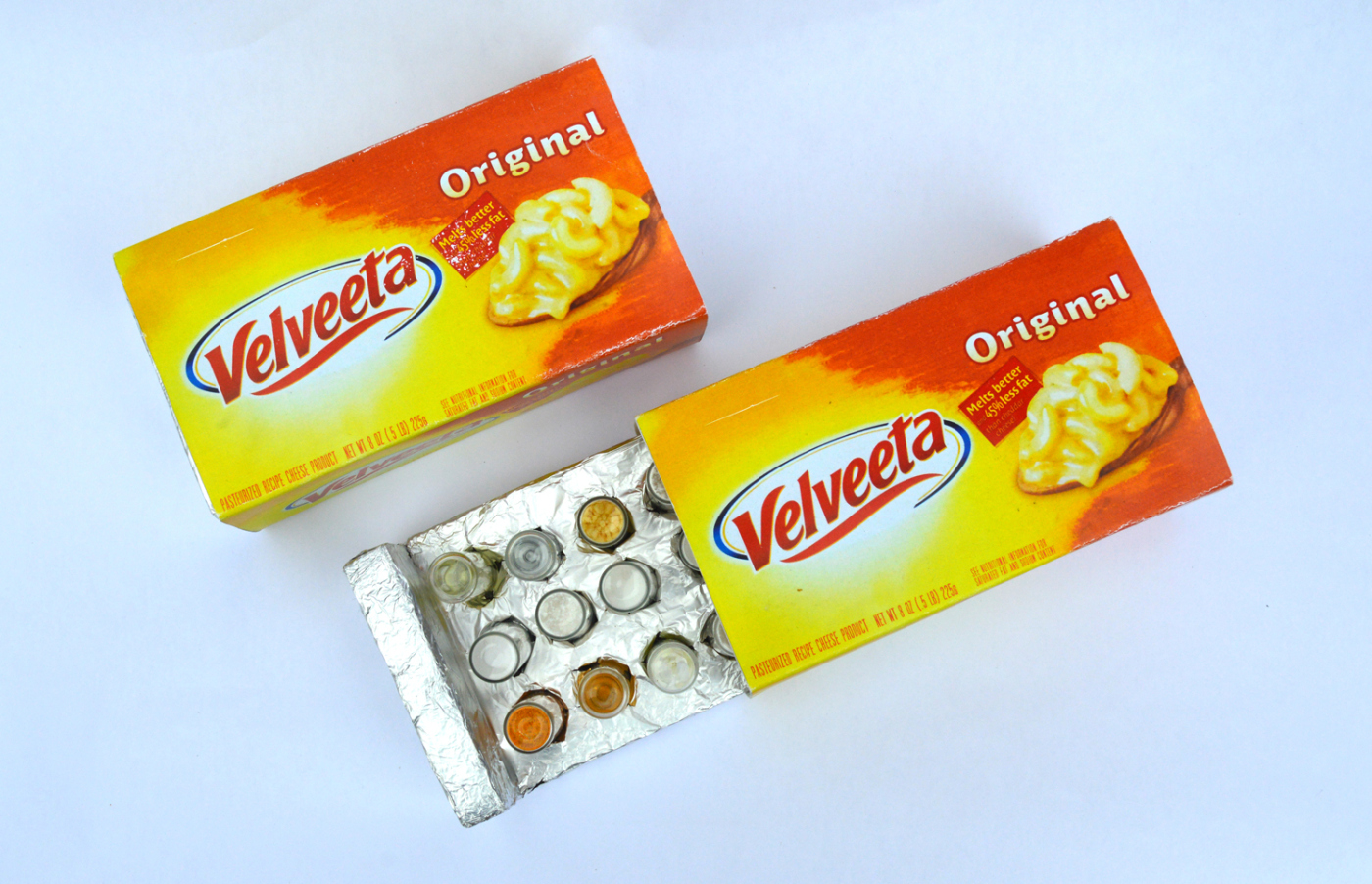
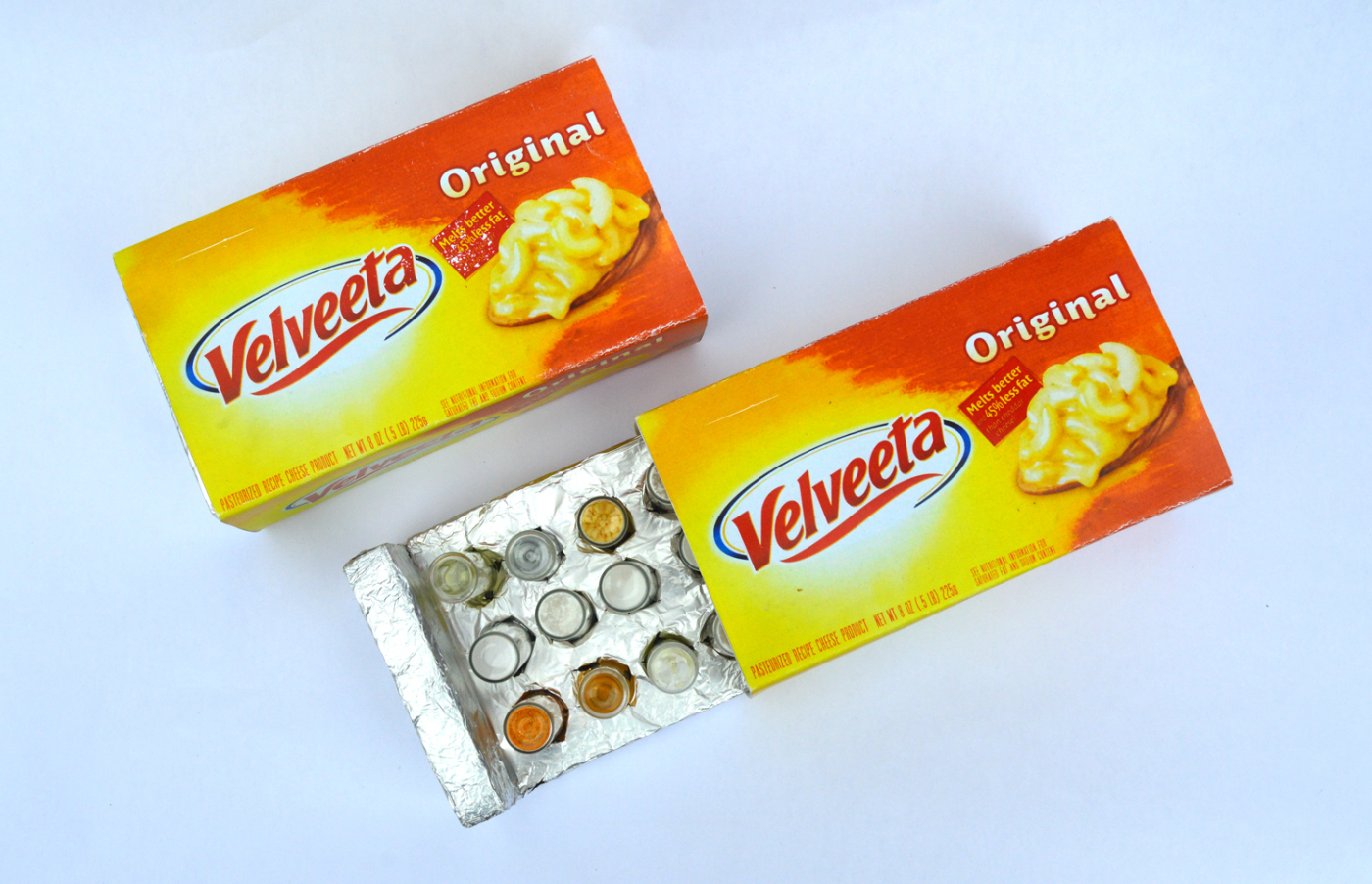
Violating Velveeta strips a synthetic cheese back to its chemical components
If synthetic food was presented stripped down to all its components, would you eat it? That’s one of the questions posed in designers John Pate Hamilton and Josef Abboud’s latest project, Violating Velveeta.
Velveeta is a highly processed cheese, one that’s more a product of a lab than a farm. Hamilton and Abboud’s project is a brutally honest representation of the cheese broken down into various powders and loaded into blister packs. (In theory you’re meant to mix the powders with a complex set of instructions to cook yourself a fully processed product.)
Aside from putting everyone off Velveeta, the project also relates to bigger questions around transparency. For those who Camembert (eh!) the idea of processed of food, Violating Velveeta is intended to highlight the amount of unpleasant products that make up much of the food we consume.
“What’s interesting to me is the responsible and transparent incorporation of synthetic ingredients into food and the impact that could have to global nutrition,” explains Hamilton. “Twinkies aren’t going to save the world, but something like Soylent, which is primarily synthetic, has massive implications for transporting, distributing, and storing healthy sustenance. I know everything that is in Soylent and why it’s there and necessary. Whereas, Twinkies and Velveeta have a paragraph of curious ingredients carefully concocted to benefit profit margins more than stomachs.”
Transparency in food production is becoming more and more of a requirement. Carlo Ratti’s The Future of Food District is another example of the shift towards a more open and accessible way of consuming and selling food.
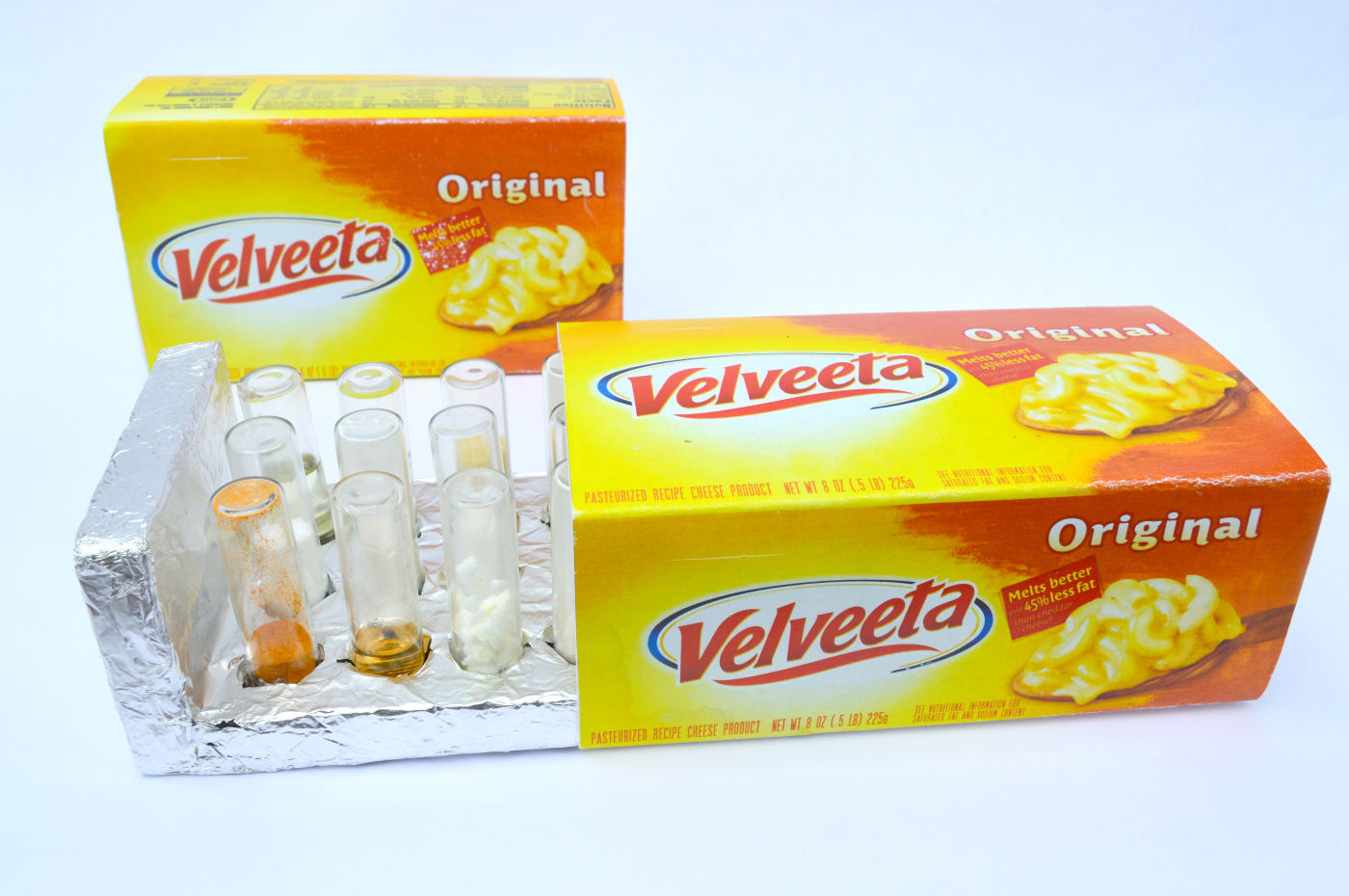
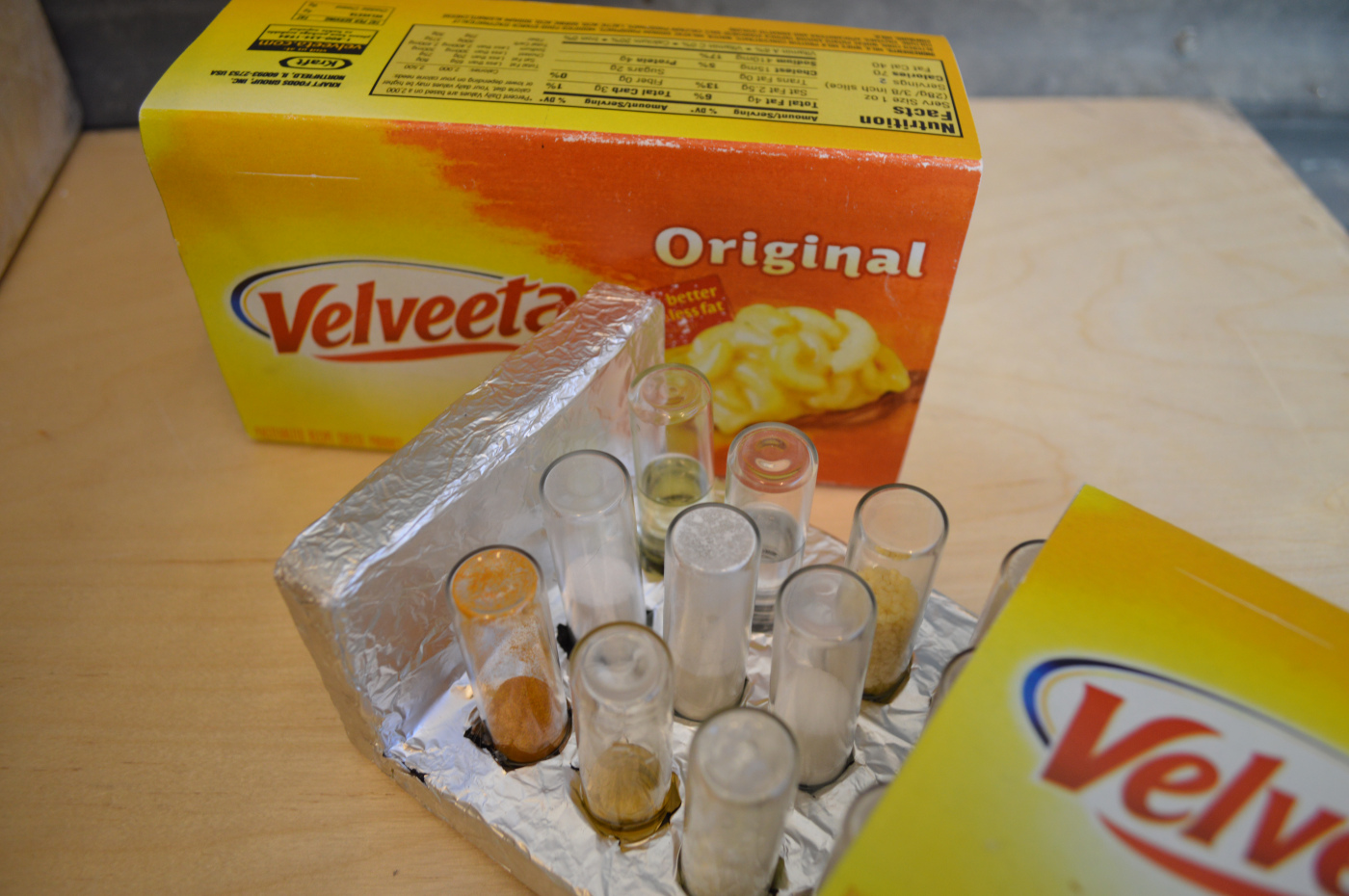
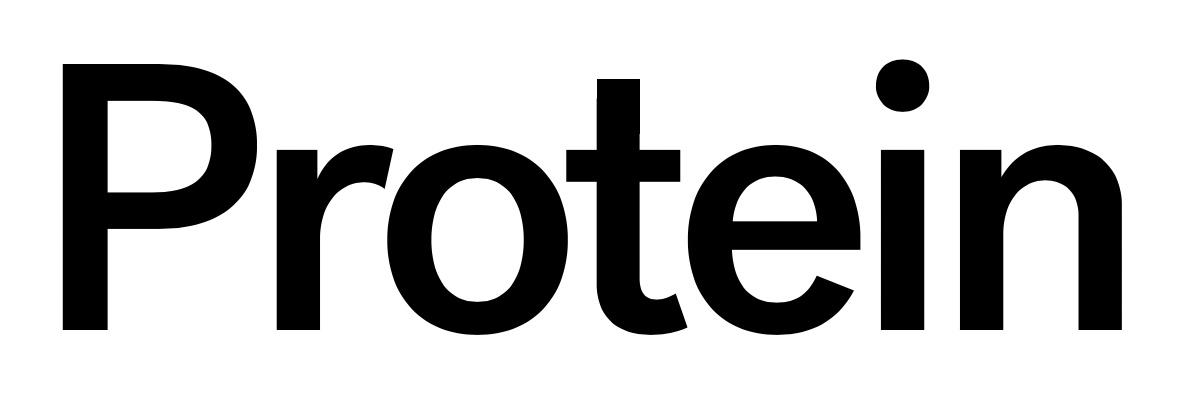


Discussion